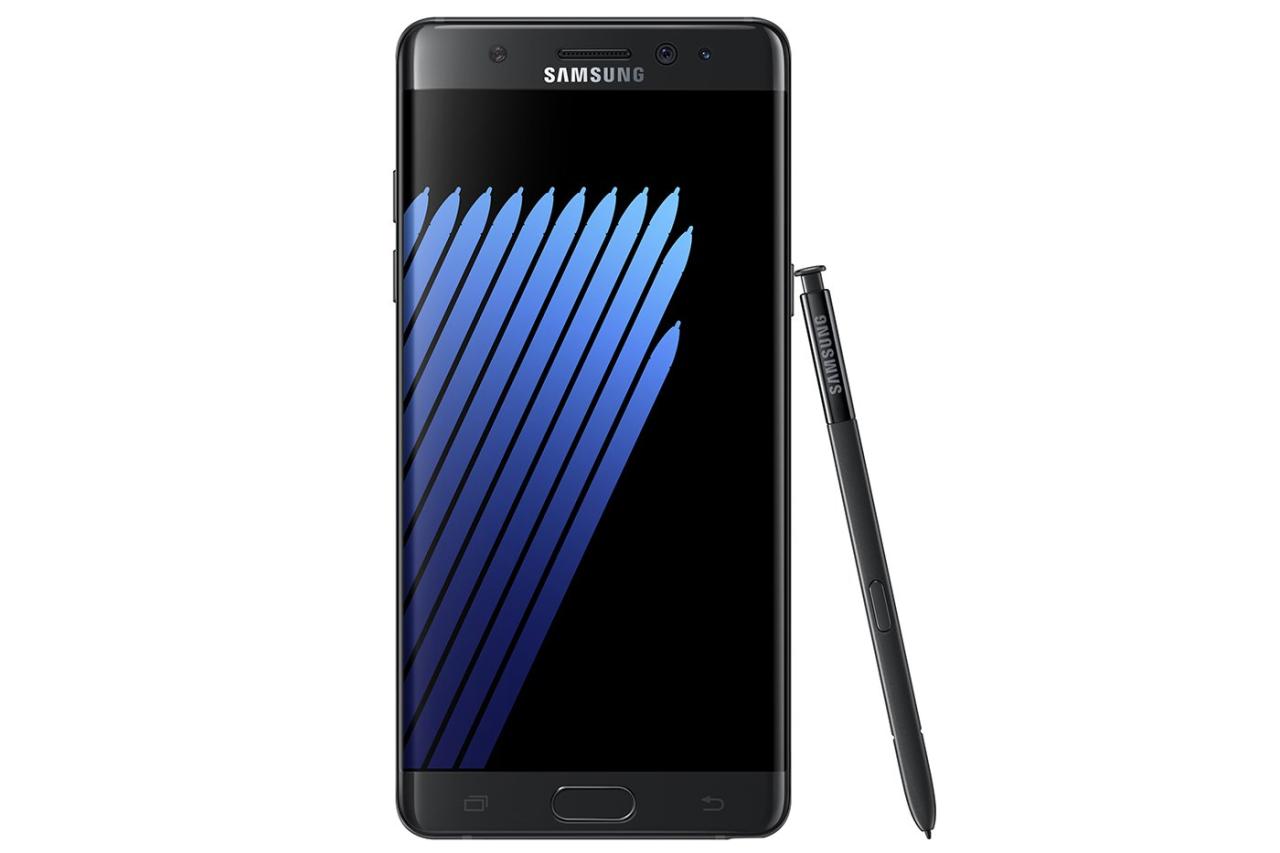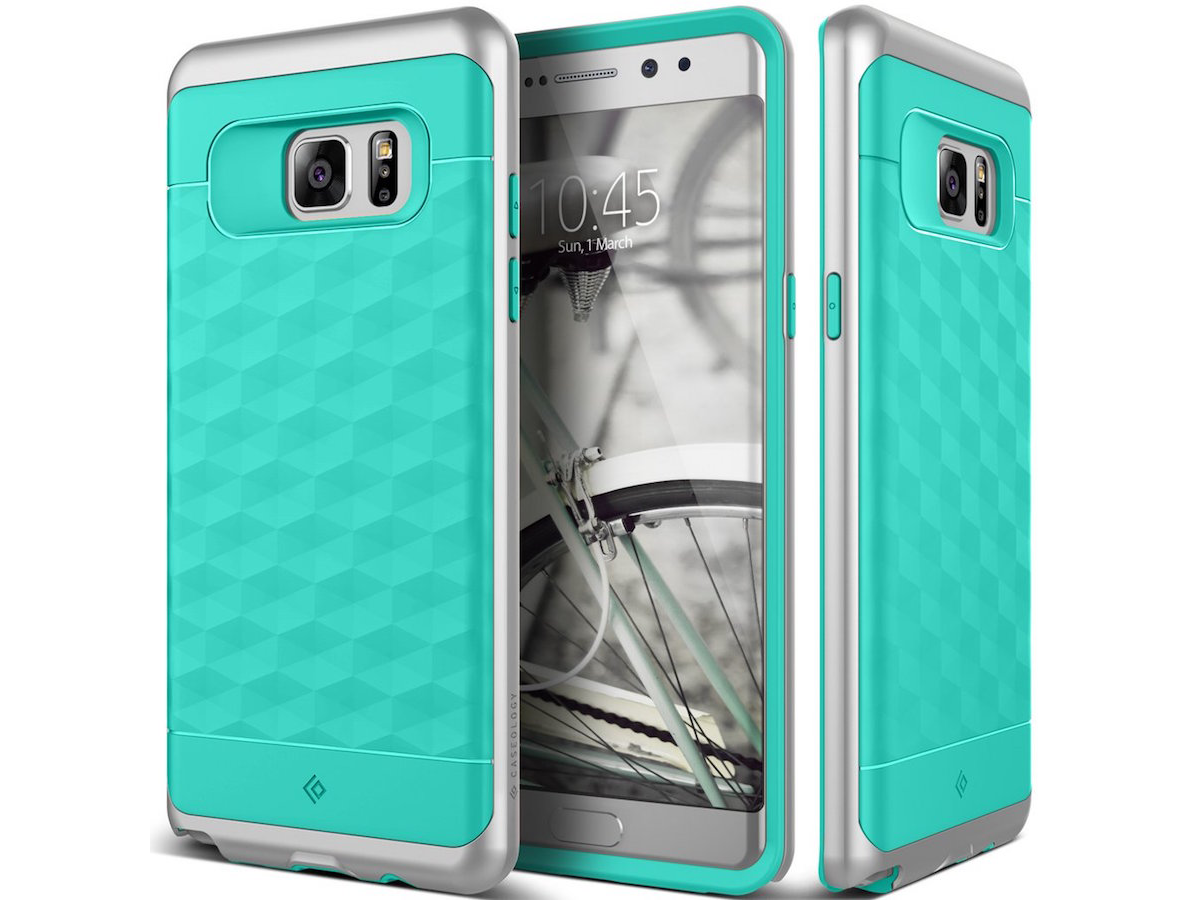samsung galaxy note 7 marks a significant chapter in the history of smartphones, showcasing cutting-edge technology while also facing unprecedented challenges. Released in 2016, this device was highly anticipated and featured impressive specifications like a stunning display, robust performance, and an enhanced camera that captivated consumers. However, its journey was marred by serious battery issues that ultimately reshaped the smartphone industry and consumer expectations.
With a combination of innovative features and ambitious marketing strategies, the Note 7 aimed to redefine user experience, but it quickly became infamous due to safety concerns that led to a global recall. Understanding the full scope of the Samsung Galaxy Note 7 allows us to appreciate its impact on the industry and the lessons learned from its tumultuous release.
History and Release of Samsung Galaxy Note 7

The Samsung Galaxy Note 7 was unveiled amidst high expectations, having built upon the success of its predecessors in the Note series. Released in August 2016, this device aimed to bridge the gap between smartphones and tablets, appealing to professionals and tech enthusiasts alike. However, its journey from launch to market was marred by critical issues that would ultimately overshadow its innovative features.
Samsung officially announced the Galaxy Note 7 on August 2, 2016. This device was positioned as a premium smartphone featuring enhancements over the Note 5, including a refined S Pen and upgraded hardware specifications. The Note 7 came with a 5.7-inch dual-edge Super AMOLED display, a Snapdragon 820 processor, and an impressive 12-megapixel camera with dual pixel technology. It also introduced features such as an IP68 water and dust resistance rating, a 3,500 mAh battery, and improved security with an iris scanner, making it a standout device during its launch.
Initial Consumer Reception and Reviews
Upon its release, the Galaxy Note 7 received predominantly positive feedback from consumers and tech critics. Users praised the device’s stunning display quality and robust performance. The initial reception was buoyed by several key aspects that appealed to users, including:
- Design and Build Quality: The Note 7’s sleek, glass-back design and curved display were highly regarded, resonating well with users who valued aesthetics.
- Camera Performance: The camera was lauded for its impressive low-light capabilities, quick autofocus, and overall image quality.
- Productivity Features: The S Pen functionality received acclaim for its precision and features, allowing users to take notes, annotate documents, and perform quick tasks seamlessly.
- Software Experience: The device ran on Samsung’s TouchWiz interface, layered over Android, and offered features that enhanced multitasking, such as split-screen functionality.
Despite its promising launch, the Galaxy Note 7 would soon face severe criticism due to battery safety issues leading to overheating and fires. The initial excitement quickly turned into concern, which necessitated a recall shortly after its launch, culminating in the discontinuation of the model altogether. This turn of events significantly impacted consumer trust in Samsung’s products and raised questions about quality control in the manufacturing process.
“The Galaxy Note 7 was designed to be the best smartphone on the market, but its legacy would be defined by one of the most significant recalls in tech history.”
Technical Specifications and Features

The Samsung Galaxy Note 7 marked a significant evolution in the Note series, boasting high-end specifications and advanced features that appealed to tech enthusiasts and casual users alike. Released in 2016, the Note 7 was designed to provide a premium experience, showcasing Samsung’s commitment to innovation and quality.
The technical specifications of the Galaxy Note 7 set a new standard in the smartphone market. The device was equipped with high-performance components and a host of features that distinguished it from both its predecessors and competitors.
Technical Specifications
The Galaxy Note 7’s specifications highlighted its premium positioning within the smartphone market. Below is a detailed overview of its key features and specifications:
| Specification | Details |
|---|---|
| Display | 5.7-inch Super AMOLED, 1440 x 2560 pixels, 518 ppi |
| Processor | Qualcomm Snapdragon 820 or Exynos 8890 (depending on the region) |
| RAM | 4 GB |
| Storage | 64 GB (expandable via microSD up to 256 GB) |
| Camera | 12 MP rear camera with Dual Pixel, 5 MP front camera |
| Battery | 3,500 mAh, fast charging, wireless charging |
| Operating System | Android 6.0 (Marshmallow), upgradeable to later versions |
| Water and Dust Resistance | IP68 rating |
The above specifications illustrate the Note 7’s commitment to delivering a robust performance, with an excellent combination of display quality, processing power, and battery efficiency.
Unique Features
The Galaxy Note 7 introduced various unique features that differentiated it from its predecessors and competitors. These included:
- Edge Display: The Note 7 incorporated a dual-edge screen design, allowing for additional functionality and multitasking capabilities.
- S Pen Enhancements: The S Pen stylus was improved with features like Screen Off Memo, which allowed users to write notes without unlocking the device, and translation capabilities.
- IRIS Scanner: The inclusion of an iris scanner provided a new level of security, enabling users to unlock their device with their eyes.
- HDR Video Recording: The camera supported HDR video recording, enhancing the quality of videos taken in various lighting conditions.
These unique features not only set the Note 7 apart from previous models but also positioned it as a competitor against other flagship devices in the market.
User Experiences
User experiences with the Samsung Galaxy Note 7 were generally positive, particularly concerning its performance, battery life, and camera quality. Many users praised the device for its smooth operation and ability to handle demanding applications seamlessly. Real-world tests often indicated that the Snapdragon 820 processor offered exceptional speed and efficiency, making multitasking a breeze.
Battery life was another highlighted aspect, although it became controversial due to safety issues later on. Initially, many users reported that the 3,500 mAh battery could easily last an entire day under normal usage, supporting features such as fast charging and wireless charging.
The camera quality was also a standout feature, with users appreciating the fast autofocus and vibrant colors produced by the 12 MP rear camera. Low-light performance received accolades, with users noting improved clarity and detail in photos taken in darker settings.
In summary, the Samsung Galaxy Note 7 combined powerful specifications and innovative features to create a device that appealed to a wide range of users, though its legacy became complicated due to safety concerns.
Controversies and Battery Issues

The Samsung Galaxy Note 7 was marred by significant controversies primarily due to battery issues that led to safety concerns and widespread device recalls. These problems not only affected individual users but also had lasting repercussions for Samsung as a brand. The events surrounding the Note 7 serve as a critical case study in product safety and corporate responsibility.
The root causes of the battery problems associated with the Samsung Galaxy Note 7 were linked to the design and manufacturing processes of the lithium-ion batteries used in the devices. Reports indicated that two main issues were present: the design flaw which led to the misalignment of battery components, and the manufacturing defects that caused the batteries to short-circuit. These flaws resulted in overheating, fires, and in extreme cases, explosions. The situation escalated quickly, leading to multiple incidents being reported globally.
Samsung’s Response to the Battery Issues
In response to the emerging battery issues, Samsung initiated a multi-faceted strategy to address the crisis. First, they implemented a voluntary recall of the affected devices, urging consumers to return their Note 7s for a refund or exchange. To facilitate this, Samsung set up a comprehensive exchange program. Additionally, they communicated extensively with customers, providing updates on safety precautions and encouraging users to power down their devices.
Samsung also conducted an extensive investigation into the incidents, collaborating with external safety organizations and employing a rigorous testing process for their battery systems. The company introduced a new battery safety protocol, including a multi-layer safety system that encompassed both hardware and software measures. This included an 8-point battery safety check designed to prevent similar issues from recurring in future devices.
Impact on Samsung’s Brand Reputation and Future Product Releases
The controversies surrounding the Galaxy Note 7 significantly impacted Samsung’s brand reputation. Initially recognized for innovation and quality, the company faced severe scrutiny and criticism following the battery crises. Sales plummeted, and consumer trust was eroded, leading to a decline in market share in certain segments.
Despite the challenges, Samsung worked diligently to recover its reputation. The company emphasized transparency in its processes and committed to improving product quality standards. The Note 7 incident ultimately led Samsung to reinforce its focus on battery safety and quality control across its entire range of products.
The ramifications of the Note 7 controversy also influenced the development of future devices. Samsung adopted a more cautious approach in its product releases, investing in extensive testing and consumer feedback before launching new innovations. The Galaxy S8, launched in 2017, featured new safety measures and was well-received, marking a return to form for Samsung in the smartphone market.
“The Galaxy Note 7 incident largely reshaped the way Samsung approaches product safety and consumer trust.”
Legacy and Impact on Future Devices: Samsung Galaxy Note 7
The Samsung Galaxy Note 7 incident had profound implications not just for Samsung, but for the entire smartphone industry. The mishaps surrounding its battery safety galvanized a reevaluation of safety protocols and technologies across manufacturers. This event highlighted the critical importance of safety in smartphone design and manufacturing, influencing regulatory measures and consumer expectations in the years that followed.
The Galaxy Note 7’s legacy is multifaceted, impacting various aspects of smartphone development and consumer behavior. The incident prompted a significant shift in how manufacturers approach the development and testing of battery technologies. Improved safety protocols were established in response to the issues faced with the Note 7, leading to a more stringent industry standard for battery production and quality assurance processes.
Influence on Smartphone Safety Standards
The Galaxy Note 7 debacle led to the reexamination of safety standards within the smartphone industry. Regulatory bodies and manufacturers implemented enhanced safety measures, focusing on the following:
- Enhanced Battery Testing: Manufacturers adopted rigorous testing procedures to ensure that batteries could withstand various conditions without failure. This includes thermal runaway tests, puncture resistance, and short circuit tests.
- Battery Management Systems: Advanced Battery Management Systems (BMS) were developed to monitor the health and performance of batteries in real-time, allowing for automatic shutdowns if abnormalities were detected.
- Certification and Compliance: New compliance rules were introduced, mandating certifications from recognized safety standards organizations to validate battery safety before products could hit the market.
As a direct result of the Galaxy Note 7 incident, consumers began to prioritize safety features when making purchasing decisions, leading to an overall improvement in product reliability across the market.
Innovations and Advances in Subsequent Devices, Samsung galaxy note 7
The legacy of the Galaxy Note 7 is also evident in the innovations that followed in Samsung’s product line. Samsung, having learned from its missteps, redefined its approach to smartphone design with notable advancements:
- Improved Battery Technology: The introduction of safer lithium-ion batteries with advanced thermal management systems in devices like the Galaxy S8 and Note 8 showcased Samsung’s commitment to safety while maintaining performance.
- IP68 Water and Dust Resistance: Enhanced durability features became standard, promoting the idea that a smartphone should not only be powerful but also resilient against environmental factors.
- Software Updates for Safety: Samsung began providing regular software updates focusing on battery health and management, ensuring that users could monitor and manage battery performance effectively.
These advancements illustrate how the adverse experiences of the Note 7 acted as a catalyst for innovation, prompting Samsung to take a leadership role in promoting safer and more reliable smartphone technologies.
Influence on Consumer Expectations and Industry Practices
The Galaxy Note 7 incident reshaped consumer expectations regarding smartphone safety and reliability. Users became more informed about battery technologies and demanded transparency from manufacturers. This evolution in consumer behavior prompted industry practices to adapt in several ways:
- Increased Transparency: Manufacturers began to disclose more detailed information regarding battery capacities, technologies, and testing processes to build consumer trust.
- Focus on User Safety: Companies actively marketed safety features, making them a key selling point to reassure consumers about the integrity of their devices.
- Competitive Benchmarking: Other manufacturers raised their safety standards to compete with Samsung’s renewed focus on battery reliability, leading to an overall elevation in product quality across the smartphone market.
In summary, the Galaxy Note 7’s impact extends far beyond its immediate crisis; it has become a pivotal reference point for safety and innovation standards within the smartphone industry, influencing both manufacturer practices and consumer expectations for years to come.
Questions Often Asked
What were the main features of the Samsung Galaxy Note 7?
The Samsung Galaxy Note 7 featured a 5.7-inch Super AMOLED display, an IP68 water and dust resistance rating, an improved S Pen, and a dual pixel camera for enhanced photography.
What caused the battery issues in the Samsung Galaxy Note 7?
The battery issues were attributed to manufacturing defects in the lithium-ion batteries that could lead to overheating and, in some cases, fires.
How did Samsung respond to the Note 7 controversies?
Samsung initially issued a recall of the Galaxy Note 7, replacing affected devices, and later ceased production entirely to ensure consumer safety.
What impact did the Note 7 have on future smartphone safety?
The Note 7 incident prompted stricter safety standards and testing protocols in smartphone manufacturing, influencing both Samsung and its competitors.
Is the Samsung Galaxy Note 7 still a good device to use today?
While the Samsung Galaxy Note 7 was a powerful device at its time, its outdated hardware and safety concerns make it less advisable for current use.
The Samsung Galaxy S10+ stands out in the smartphone market with its stunning display and powerful performance. A perfect blend of design and functionality, this device caters to photography enthusiasts with its impressive camera system, allowing for breathtaking shots even in low light conditions. Whether you are streaming or multitasking, the S10+ is built to handle it all seamlessly.
When it comes to classic smartphones, the Samsung Galaxy S 4 still holds a special place in tech history. Launched with innovative features for its time, this device introduced users to a new level of connectivity and functionality. Its sleek design and user-friendly interface made it a favorite among many, proving that even older models can leave a lasting impact on the smartphone landscape.